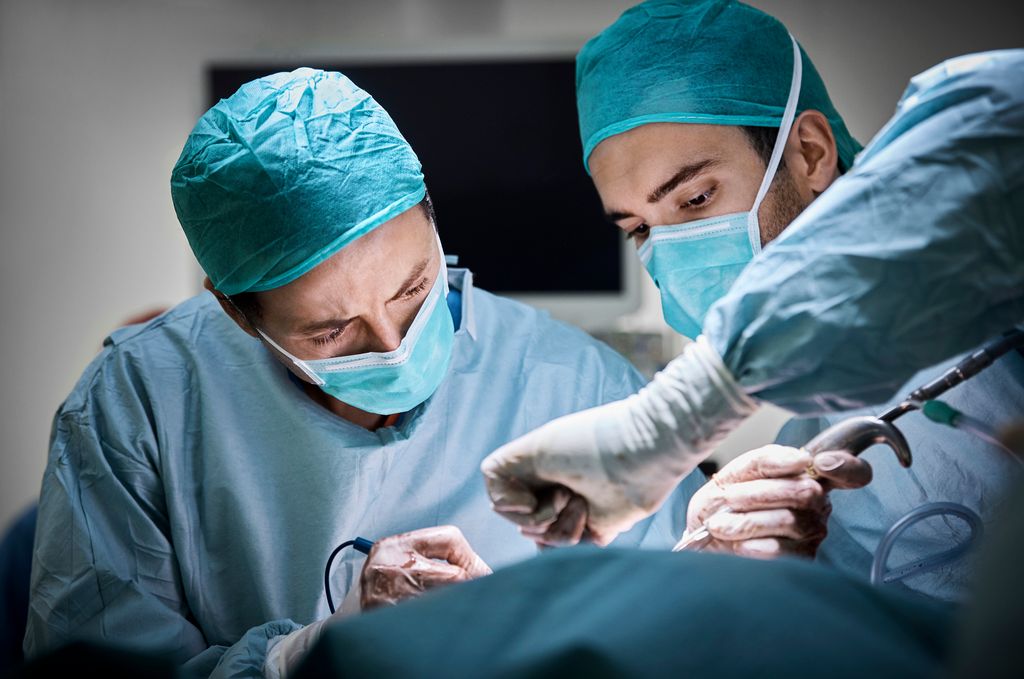Advances in the world of medicine do not stop happening, and one field in particular in which giant steps have been taken is surgery. Specifically, today we want to cite the case of the reconstructive plastic surgerya branch of plastic surgery that focuses on restoring both the function and physical appearance of a part of the body that has been affected by a trauma, disease, or congenital malformation. “Its main purpose is not only to improve the appearance, but also to return the lost functionality so that patients can lead a normal life“, the doctor tells us Cesar Padilla, specialist in plastic, reconstructive and aesthetic surgery.
The doctor tells us part of his own experience to try to bring us closer to this branch of surgery. “I have treated many patients who have suffered serious physical damagewhether due to accidents, diseases such as cancer or birth defects. In practice I use advanced techniques that combine surgical precision and a deep knowledge of anatomy to achieve optimal results both in functional and aesthetic terms,” he tells us.
Regarding interventions, the specialist tells us that reconstructive surgery covers a wide spectrum. Some of the most common include breast reconstruction after a mastectomy, the repair of serious wounds, and the correction of congenital malformations. “This type of surgery is also essential for patients who have suffered severe burns or tumor removals because it helps them regain a more natural appearance and improve their quality of life. In our case, each procedure is adapted to the individual needs of the patient, ensuring a comprehensive and personalized approach in each case,” he tells us.
This type of surgery is also essential for patients who have suffered severe burns or tumor removals.
In what cases is this technique recommended?
As the doctor details, reconstructive plastic surgery is indicated in a variety of clinical situations, where its main objective is repair and restore both form and function of a damaged body part. It is especially recommended in cases where the patient has suffered:
- Severe trauma: traffic accidents, falls, burns or wounds caused by other types of physical trauma that can severely damage the skin, muscles or bones. In these cases, reconstructive surgery not only helps restore the appearance of the affected area, but also works to regain function, allowing the patient to regain mobility or sensation in the affected area.
- Oncological surgeries: After removing tumors in visible areas of the body, such as the face or breasts, it is essential to reconstruct the area to restore both aesthetics and function. A key example is breast reconstruction after a mastectomy in which tissue from the patient’s own body or in other cases prostheses are used to recreate the removed breast.
- Sequelae of diseases: Diseases such as cancer, which require the removal of tissue or even organs, can leave physical and emotional scars. In these cases, reconstructive surgery helps patients overcome the physical consequences and regain self-confidence.
One of the greatest benefits of reconstructive surgery is its ability to restore self-esteem and quality of life of patients
What are its main objectives and benefits?
For Dr. Padilla, the main objective of reconstructive plastic surgery is to restore functionality and, in many cases, improve the physical appearance of a part of the body that has suffered significant damage. But The benefits of this surgery go far beyond the purely physical.
“One of the greatest benefits of reconstructive surgery is its ability to restore self-esteem and quality of life of patients. Suffering from a trauma or an illness that affects physical appearance can have a devastating impact on the patient’s emotional and psychological health. In fact, it is something that I have seen a lot in consultation,” the doctor tells us, adding that reconstructive surgery offers the possibility of patients feeling good about themselves again, restoring their confidence and allowing them to fully reintegrate into their daily lives.
“In functional terms, it has the objective of recovering lost mobility or functionality. For example, in patients who have suffered burns or severe trauma to the extremities, surgery can help restore the ability to move or feel in the affected areaallowing them to carry out daily activities that they couldn’t before,” he tells us.
Furthermore, he adds that it is also crucial for those who have undergone aggressive medical procedures, such as tumor removal. “In these cases, we not only work to close the defect left by the surgery, but also to restore the form and function of the affected area. A clear example is the facial reconstruction after a tumor removal on the face where the objective is to return the most natural appearance possible, in addition to of course guaranteeing that the patient can speak, chew or breathe properly,” he concludes.

